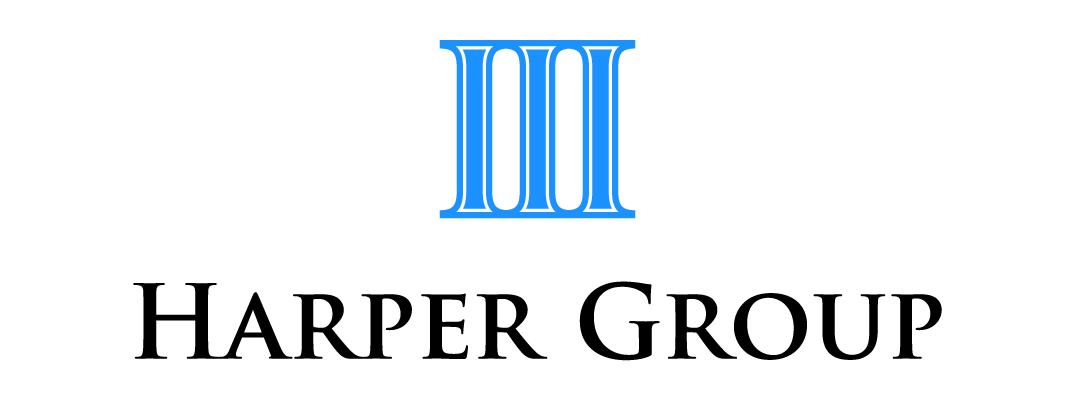Generous depreciation in its final days
This month’s federal budget confirmed that temporary full expensing (TFE) is now in its final days.
To recap, TFE will cease and be replaced by a $20,000 instant asset write-off (IAWO) from 1 July 2023.
Under this change, small businesses (aggregated annual turnover of less than $10 million) will be able to immediately deduct the full cost of eligible assets costing less than $20,000 that are first used or installed ready for use between 1 July 2023 and 30 June 2024. Assets valued at $20,000 or more (which cannot be immediately deducted) will be placed into a small business simplified depreciation pool and depreciated at 15% in the first income year and 30% each income year thereafter.
For larger businesses, the write-off threshold is cut to $1,000 also from 1 July 2023.
TFE, which allows eligible businesses with a turnover of less than $5 billion to deduct the full cost of eligible depreciable assets of any value, is however still available up to 30 June 2023. To take advantage of it, and assist your cashflow, note the following dates for 2022-23 whereby an eligible business can claim a deduction for the business portion of the cost of:
eligible new assets first held, first used or installed ready for use for a taxable purpose between 1 July 2022 and 30 June 2023 if you have a turnover of less than $5 billion
eligible second-hand assets where both the asset was first held, first used or installed ready for use for a taxable purpose between 1 July 2022 and 30 June 2023 for entities with aggregated turnover of less than $50 million.
Most business assets are eligible including machinery, tools, furniture, business equipment etc. There are however some ineligible assets as follows:
buildings and other capital works for which a deduction can be claimed under the capital works provisions in the Tax Act
trading stock
CGT assets
assets not used or located in Australia
where a balancing adjustment event occurs to the asset in the year of purchase (e.g. the asset is sold, lost or destroyed)
assets not used for the principal purpose of carrying on a business
assets that sit within a low-value pool or software development pool, and
certain primary production assets under the primary production depreciation rules (e.g. facilities used to conserve or convey water, fencing assets, fodder storage assets, and horticultural plants (including grapevines)).
TIP
TFE assists cashflow, which can be one of the biggest killers of small business. However, no extra deductions are available under TFE. For this reason, you should continue to only purchase assets that align with your business plan.
Get in touch with us if you have any questions around the purchase of depreciating assets leading up to the end of the financial year.
Harper Group Pty Ltd – Chartered Accountants Frankston - Ph 9770 1547
Disclaimer: All information provided in this article is of a general nature only and is not personal financial or investment advice. Also, changes in legislation may occur frequently. We recommend that our formal advice be obtained before acting on the basis of this information.
Please note we at Harper Group Pty Ltd are not licensed to provide financial product advice under the Corporations Act 2001 (Cth) and taxation is only one of the matters that must be considered when making a decision on a financial product, including on whether to make superannuation contributions. You should consider taking advice from the holder of an Australian financial services licence before making a decision on a financial product.
